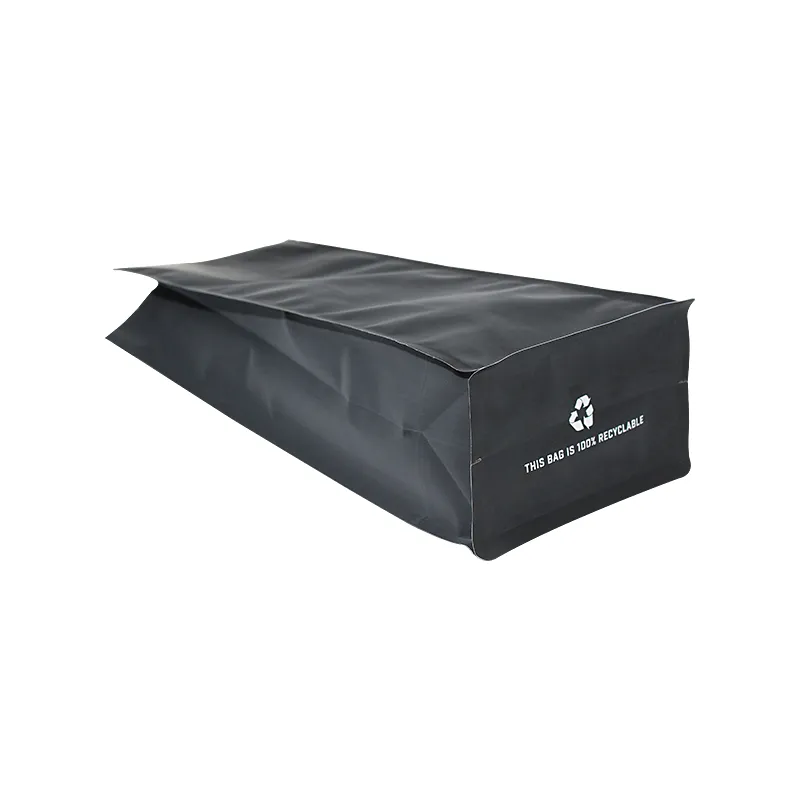- Afrikaans
- Albanian
- Amharic
- Arabic
- Armenian
- Azerbaijani
- Basque
- Belarusian
- Bengali
- Bosnian
- Bulgarian
- Catalan
- Cebuano
- chinese_simplified
- chinese_traditional
- Corsican
- Croatian
- Czech
- Danish
- Dutch
- English
- Esperanto
- Estonian
- Finnish
- French
- Frisian
- Galician
- Georgian
- German
- Greek
- Gujarati
- haitian_creole
- hausa
- hawaiian
- Hebrew
- Hindi
- Miao
- Hungarian
- Icelandic
- igbo
- Indonesian
- irish
- Italian
- Japanese
- Javanese
- Kannada
- kazakh
- Khmer
- Rwandese
- Korean
- Kurdish
- Kyrgyz
- Lao
- Latin
- Latvian
- Lithuanian
- Luxembourgish
- Macedonian
- Malgashi
- Malay
- Malayalam
- Maltese
- Maori
- Marathi
- Mongolian
- Myanmar
- Nepali
- Norwegian
- Norwegian
- Occitan
- Pashto
- Persian
- Polish
- Portuguese
- Punjabi
- Romanian
- Russian
- Samoan
- scottish-gaelic
- Serbian
- Sesotho
- Shona
- Sindhi
- Sinhala
- Slovak
- Slovenian
- Somali
- Spanish
- Sundanese
- Swahili
- Swedish
- Tagalog
- Tajik
- Tamil
- Tatar
- Telugu
- Thai
- Turkish
- Turkmen
- Ukrainian
- Urdu
- Uighur
- Uzbek
- Vietnamese
- Welsh
- Bantu
- Yiddish
- Yoruba
- Zulu
how to seal a bag with heat
How to Seal a Bag with Heat A Step-by-Step Guide
Sealing bags with heat is a practical and effective method to preserve food, protect items from moisture, and organize your belongings. Whether you are packaging homemade snacks, marinating meats, or simply storing garments, heat sealing can provide an airtight barrier that prolongs the freshness of your items. In this article, we will explore how to seal a bag with heat, the tools required, and some helpful tips to ensure success.
Understanding Heat Sealing
Heat sealing involves applying heat to the edges of a plastic bag, allowing the material to melt and fuse together, forming a secure seal. This method is commonly used in various industries for packaging food items, while also being popular for home use due to its effectiveness in preventing spoilage.
Tools and Materials Needed
Before you begin, gather the following tools and materials
1. Heat Sealer This device specifically designed for heat sealing bags, either an impulse sealer or a continuous band sealer. Impulse sealers are more common for home use. 2. Plastic Bags Use bags specifically made for heat sealing. Common options include polypropylene or polyethylene bags. 3. Cutting Tool A pair of scissors may be needed if you need to trim the bag. 4. Items to Package Prepare the food items or products you want to seal in the bags.
Step-by-Step Guide to Heat Sealing
1. Prepare the Bag and Contents Start by placing the items you want to seal into the plastic bag. Ensure that you leave some space at the top of the bag to allow for sealing. Overstuffing can lead to inadequate seals.
2. Trim the Bag if Necessary If the bag is too large for the items, use scissors to cut it down to size. Make sure the edges remain straight and clean for a proper seal.
how to seal a bag with heat

3. Set Up the Heat Sealer Plug in your heat sealer and turn it on. If it has temperature settings, adjust it according to the type of plastic you are using (refer to the manufacturer’s instructions).
4. Position the Bag Place the open edge of the bag into the sealing area of the sealer. Ensure that it is straight and that there are no wrinkles or items in the sealing area.
5. Seal the Bag Close the heat sealer according to the manufacturer’s instructions. Hold it down for a few seconds, usually 3 to 5 seconds depending on the machine and material. Some sealers have an indicator light that will signal when the sealing is complete.
6. Check the Seal Carefully open the sealer and inspect the seal. A good seal should be uniform and without any gaps. You can gently tug on the bag to test its sturdiness.
7. Cool Down Let the sealed bag cool for a moment so that the seal can harden before handling it further.
8. Labeling (Optional) If you are sealing food, labeling the bag with the contents and date can be beneficial. Use a permanent marker or labels to ensure the information is clear.
Tips for Effective Heat Sealing
- Choose the Right Bags Always use bags designed for heat sealing to ensure optimal results. - Avoid Excess Moisture Make sure that the items inside the bag are dry to avoid steam during the sealing process, which may compromise the seal. - Experiment with Settings If you’re using a new heat sealer, it may take a couple of attempts to find the optimal temperature and sealing time for your bags. - Store Properly Once sealed, store your bags in a cool, dry place to maximize freshness.
Conclusion
Heat sealing bags is a simple yet powerful way to increase the shelf life of your items and maintain organization. By following the steps and tips outlined in this guide, you can effectively seal bags at home, saving money and reducing waste. With a little practice, you’ll find that heat sealing is an invaluable skill in your home management toolkit.













